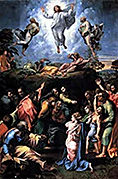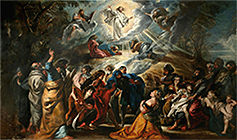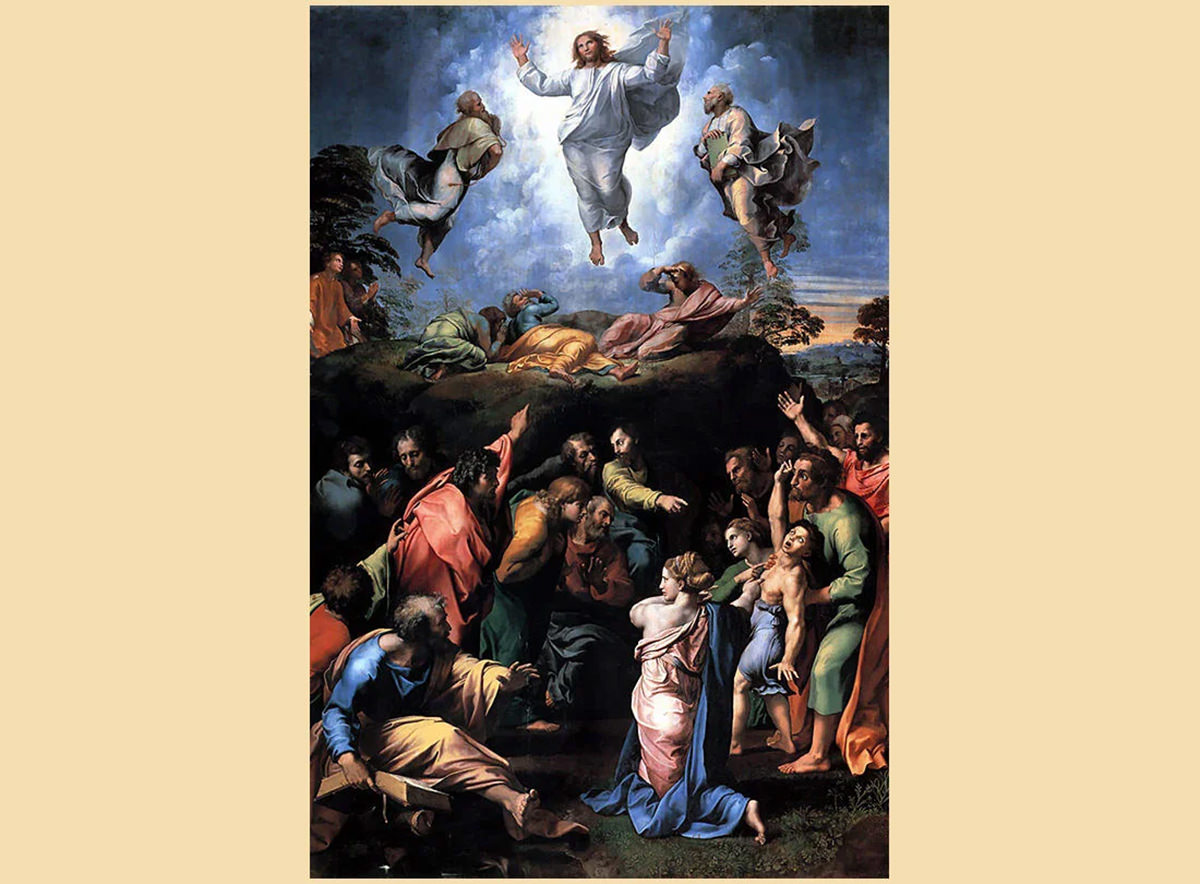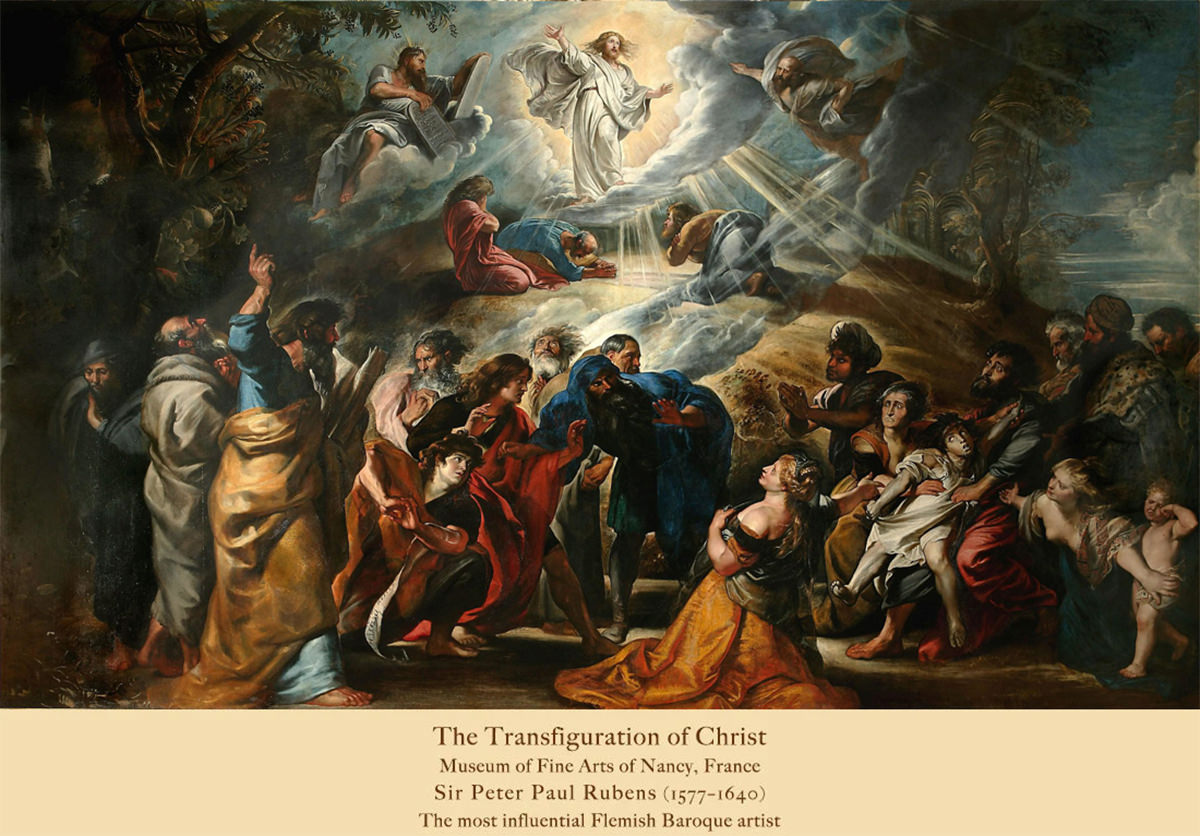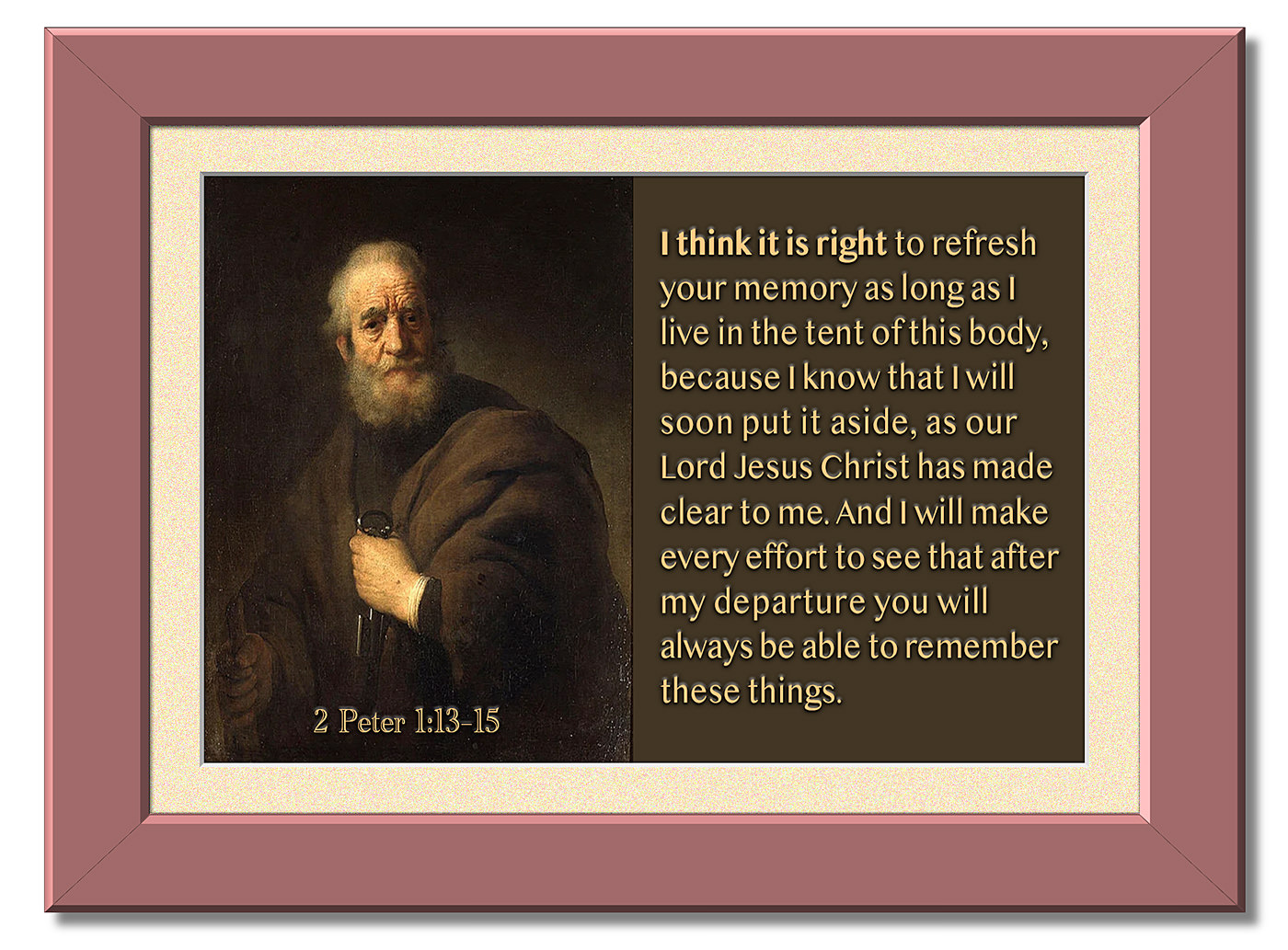
by Warren Camp
2 Peter 1:12–18 . . .
“Remembering Christ’s Power and Majesty”
Reminders are beneficial. In these four opening verses, Peter uses “remind,” “refresh your memory,” and “remember” to make his saints think of the importance of godly Christian character, namely the seven qualities and virtues listed in vv. 5–8 (highlighted in Warren’s previous commentary).
The Importance of Reminders (1:12–15)
Peter’s “these things” refers to all the truths that he’s been teaching in this chapter’s first eleven verses: (a) faith is a received gift (1:1); (b) practical knowledge of Christ (vv. 2–8); (c) positional life and godliness (vv. 3–7); (d) participation in the divine nature (v. 4); (e) God’s granting of his precious promises (v. 4); and (f) the necessity of proving and demonstrating one’s calling and election (vv. 3, 10) by showing moral excellence, knowledge, self-control, perseverance, godliness, brotherly kindness and Christian love (vv. 5–7).
Prophecy of Scripture
12So I will always remind you of these things, even though you know them and are firmly established in the truth you now have. 13I think it is right to refresh your memory as long as I live in the tent of this body, 14because I know that I will soon put it aside, as our Lord Jesus Christ has made clear to me. 15And I will make every effort to see that after my departure you will always be able to remember these things (2 Pet. 1:12–15 NIV).
Even though Peter’s readers were established in these truths — having head knowledge and understanding of their theological significance — he felt the need to remind them (v. 12). He, then, commended their faith, so that they might remain fixed in it more firmly. The truths, at times, might have been entirely in their heads, not in their hearts. If these truths were in fact heartfelt, they could often be forgotten, which was why he felt the need to remind them. He acknowledged that his Christian readers already knew and were established in the truth. They “have” the truth by knowing the Lord. He reminds them of what they knew so he could stir them up. He sought to motivate them to act on the knowledge that God had given to them. His goal was to continue to do this kind of stirring up so long as he was living.
Verse 13’s “I think it is right” shows that Peter knew what was at stake. He saw that it was right to remind people constantly, especially because he knew that the days of his earthly life were soon coming to an end, as he’ll reveal in v. 14. As a mature believer, his walk was so intimate with his Master that the Lord made it clear to him that it was soon time for Peter to lay aside his earthly dwelling. He considered his body no more than a tent, a temporary place to live, which he was about to put off and depart to a more permanent place to live: heaven. [Enlarge photo, right.] Although he alluded to his upcoming death, his purpose, so far, was not to criticize but to encourage.
In addition, Peter wanted every reader to follow good, biblically correct doctrine. After all, if believers fail to adhere to the correct doctrine, it becomes impossible to live rightly. He kept reminding these Christians who’d been established in truth about “these things” because there would always be a subtle danger for them to fall into heresy, no matter their chronological age or degree of spiritual maturity.
Peter will soon aim warnings in all of chapter 2 and a good part of chapter 3 about false teachers. He’ll end this short second letter exhorting his readers in 3:17 to “be on your guard so that you may not be carried away by the error of the lawless and fall from your secure position.” The term “secure position” is related (in Greek) to the word we see in v. 12 of our text, “established in the truth.” Both terms emphasize the need for believers to be firmly grounded in the essential truths of the gospel; by doing so, we won’t fall prey to false teachers.
In these first four verses, Peter presents three basic purposes: (1) to bring attention to the importance of vv. 1–11 that summarize the gospel and Christian living; (2) to portray his entire letter as an authoritative final testament of a man who’s about to die and whose words ought to be listened to carefully; and (3) to connect these four verses with the remainder of this letter’s spiritual nuggets, serving as an antidote to false teachers. Peter reminds his readers to be satisfied with the essential truths of the gospel and to come back to these truths again and again, even after he departs. What’s been said in prior verses, then, wasn’t meant as a criticism. Peter was simply giving another loving reminder of what we Christian believers should embrace and become. In effect, he wants his readers, then and now, to realize and remember, no matter where you’re at in your personal relationship with Lord Jesus, that everyone of us needs sound teachers to continually remind us of faith’s basic truths so we can successfully stay on course.
Peter also encourages his readers in v. 15 when he writes “make every effort to see that after my departure you will always be able to remember these things.” His intent was to leave a permanent record of his reminders about the truth of Jesus such that they’d never forget them. He meant not only to verbally declare his sentiments but to record them so that they might be read and appreciated after he died. He had a firm conviction of the truth and value of the gospel. And he wanted to use every resource available to him so that the church and the world would never forget these truths.
Interestingly, the Greek word he used for his “departure” (exodon) means journey out; egress; exit from life. This isn’t the usual word for death, but is rather a word denoting that he was going on an out of this world journey. He didn’t expect to leave his tent and cease to be; rather, he expected to travel to a distant abode. This idea runs through all this beautiful four-verse description of Peter’s feelings as he contemplated death.
Having Heard the Majestic Glory (vv. 16–18)
A great number of people believe that Christianity’s truths are merely fables, folk tales, and legends. Not only had some believers doubted what they’d been told, but others were trying to take advantage of the situation by making up their own stories. Peter will now lay a firm foundation for one’s faith before he deals directly in chpt. 2 with false teachers who were plaguing the early church.
16For we did not follow cleverly devised stories when we told you about the coming of our Lord Jesus Christ in power, but we were eyewitnesses of his majesty. 17He received honor and glory from God the Father when the voice came to him from the Majestic Glory, saying, “This is my Son, whom I love; with him I am well pleased.” 18We ourselves heard this voice that came from heaven when we were with him on the sacred mountain (2 Pet. 1:16–18).
Peter writes that his personal case for Christ is simple: He saw Jesus’ majesty with his own eyes, reporting his personal account as an eyewitness. When he preached about Jesus’ power and impending return, he wasn’t following someone else’s script; he was speaking from his own experience. Specifically, he refers to his seeing Christ’s “majesty.” He was present for an event we commonly call the “Transfiguration” (Matthew 17:1–8; Mark 9:1– Luke 9:28–36; enlarge the thumbnail, right, of Raphael’s “Transfiguration” painting). On the mount of transfiguration, before three chosen apostles, Jesus was transformed in glory. Not merely in an outward appearance, the effect was extremely striking; Jesus became so bright in appearance that it was hard to look at him. “His face shown like the sun” (Matt. 17:2).
Jesus’ transfiguration wasn’t the only miracle that Peter and fellow apostles had seen, nor was it the only piece of evidence he’ll use in this second letter. But, it’s the transfiguration event that’s the clearest and best example he presents to conclusively document that what he taught was the truth.
In v. 16, the word “For” connects Peter’s upcoming line of thinking with his previous words. The sense is this: I want you to always be able to call these things to mind after I’m gone, because they’re true. We didn’t make up clever stories. We were eyewitnesses of what we’re revealing to you. So the foundation of every believer’s faith is the apostolic witness to Jesus Christ. Peter boldly counters the scoffers: “For we did not follow cleverly devised stories when we told you about the coming of our Lord Jesus Christ in power, but we were eyewitnesses of his majesty.” The Greek mythos that Peter used for such “stories” rightly insists that his message was no myth. It was irrefutable historical evidence that had assuredly been seen by eyewitnesses.
One error of these false teachers was their denial of the fact of the apostolic teaching that Jesus would return bodily to earth. The doctrines that they maintained regarding the coming of the Savior were defended by weak reasoning filled with clever but fallacious arguments. Peter’s declarations were based on solid evidence, furnished by personal observations, made by competent witnesses, including himself. While it’s true of the gospel, in general, that it’s not founded on cunningly devised fables, the point that Peter makes herein focuses on the promised coming of the Savior, as evidenced in statements that he’d made in his first letter regarding the Savior’s second coming: 1 Pet. 1:13; 4:13.
What Peter conveys in this passage isn’t hearsay but is an eye-witness account. On the day of Pentecost, he stood up and preached to the large crowd, effectively and powerfully, declaring that God has raised this Jesus to life, and we are all witnesses to the fact. What he’s referring to here is actually Christ’s transfiguration. Now, says Peter, We didn’t follow artful men’s cleverly invented fables when we told you about the power and coming of the Lord Jesus. We were eye-witnesses of his majesty! It’s not speculation; it’s not invention. The majestic transfiguration event seems to preview what believers will enjoy when Lord Jesus returns.
Regarding v. 16’s “the power and coming of the Lord Jesus,” the words “power” and “coming” refer to the same thing, meaning Jesus’ “powerful coming” or his “coming in power.” The advent of the Savior is often represented as being connected with a bold display of “power and great glory” (Matt. 24:30). Therefore, when the apostles referred to the Savior’s second coming in their preaching, it was probably asserted that his second coming would be accompanied by exhibitions of great power and glory, as it undoubtedly will be.
This message that Peter is telling his readers was based upon what he and his fellow apostles had seen (v. 16) and heard (v. 18). Incidentally, three apostles were eye-witnesses of Jesus’ transfiguration (see photo) and his bodily resurrection: Peter, James, and John saw Jesus’ face shining as the sun; his clothes became as white as light. But the part Peter emphasizes here is hearing the voice of God — the Majestic Glory — speaking, conspicuously declaring that Jesus is God’s beloved Son and that Father God was very pleased with Jesus.
Take note of Peter’s closing argument that he makes in v. 18: that God the Father gave honor and glory to Jesus. Peter knew that Jesus was the Son of God because he heard Father God say so (Matt. 17:5).
- Q. 1 Why does Peter establish his own authority (v. 16)? How did he do that?
- Q. 2 What majestic event of Jesus’ life does Peter recall seeing and hearing?
- Q. 3 How would you detail that event to a nonbeliever, from beginning to end?
- Q. 4 What unusual name does Peter give to God the Father?
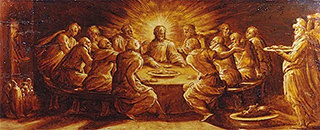
‘The Last Supper’ by Vasari
Click to open “Peter Masterpieces.”
Summary Video: “Second Peter”
† Watch this overview video of Second Peter created by BibleProject.
Warren’s New “Peter Masterpieces” Photo Album
† View several classic paintings of Saint Peter by art world masters: Rembrandt, Michelangelo, Da Vinci, Rubens, Goya, El Greco, Raphael, Masaccio, Giotto, Correggio, Tintoretto, and many more.
2 Peter 1:12–18
New International Version (NIV) or view it in a different version by clicking here.
— Listen to chapter 1, narrated by Max McLean.


